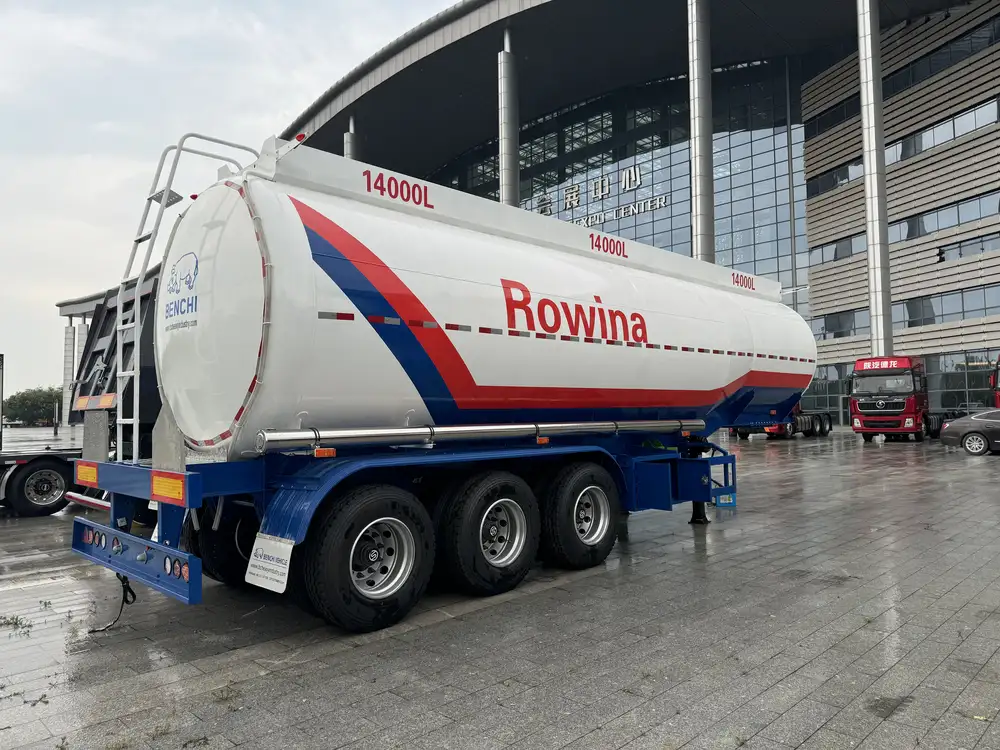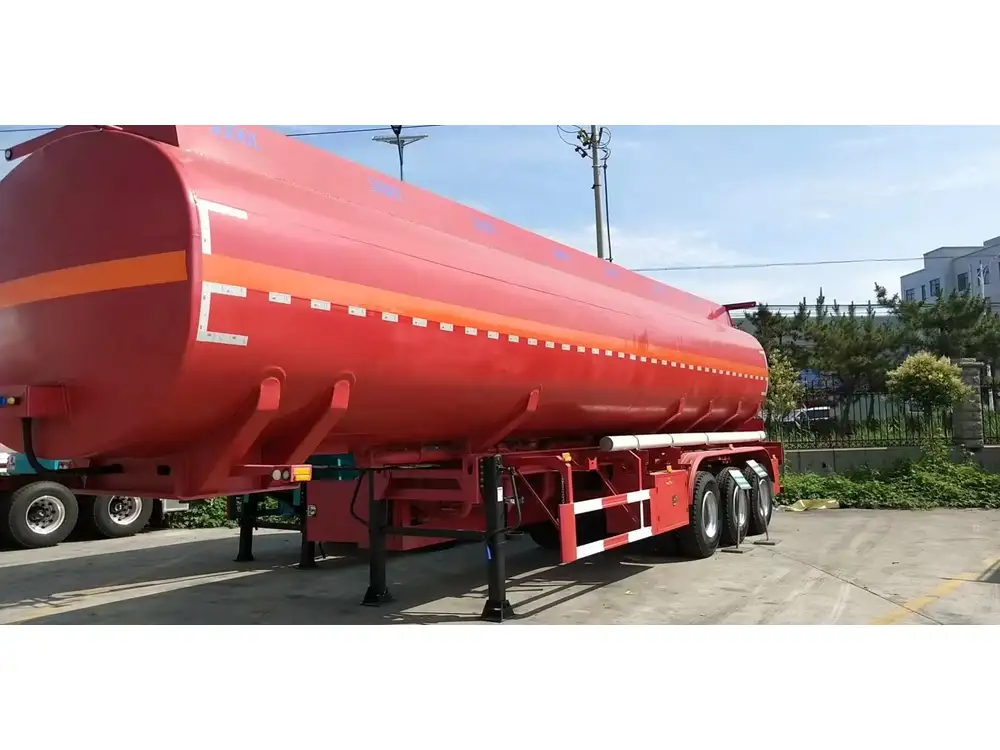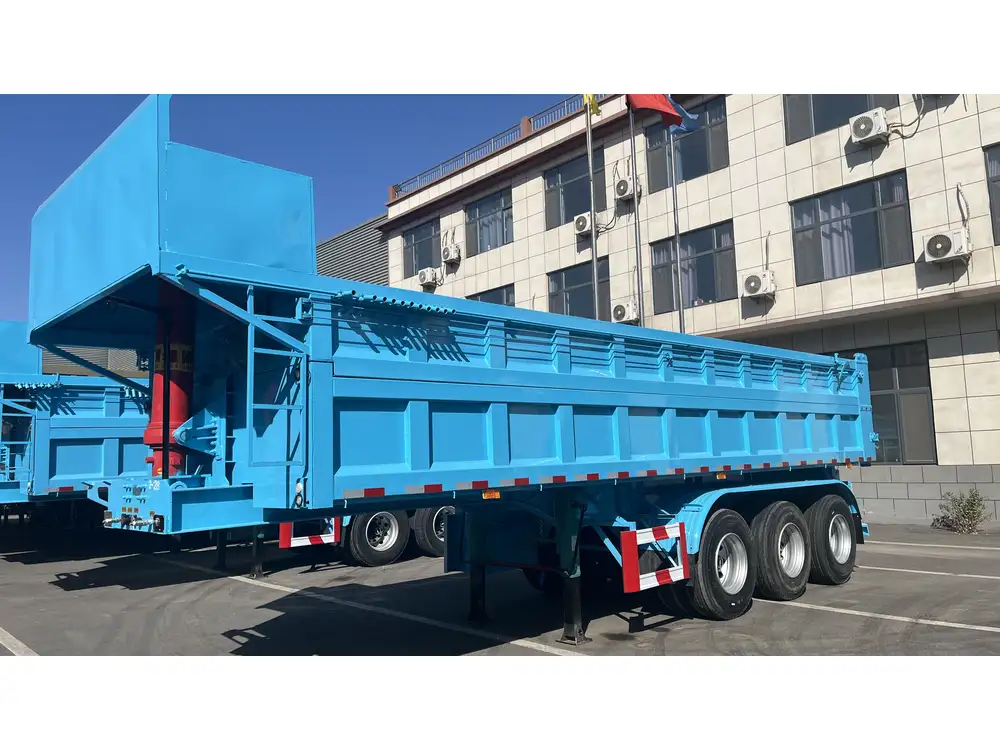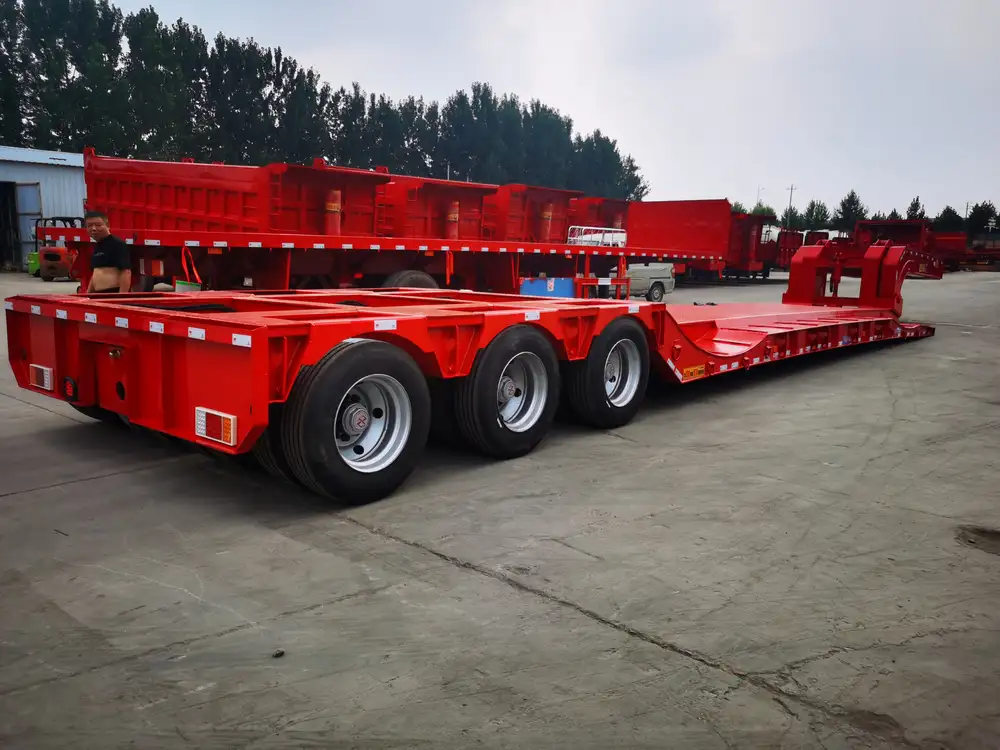Peeling or changing a semi-trailer tire is an essential skill for operators looking to maintain safety and efficiency on the road. A properly maintained tire contributes to optimal vehicle performance, prevents wear on other components, and enhances fuel efficiency. This guide provides a detailed methodology for peeling semi-trailer tires, covering all necessary equipment, safety precautions, and procedural steps.
Understanding the Semi-Trailer Tire Structure
Before diving into the peeling process, it’s crucial to understand the anatomy of a semi-trailer tire.
Key Components
| Component | Description |
|---|---|
| Tire Tread | Provides traction for safety and performance |
| Sidewall | Offers structural integrity to the tire |
| Bead | Secures the tire to the wheel rim |
| Inner Liner | Ensures air retention in the tire |
| Belt Plies | Provides strength and durability |
The semi-trailer tire is designed to endure heavy loads, and improperly removed tires can pose significant risks. Hence, thorough knowledge of its structure will aid a better peeling experience.

Necessary Equipment for Peeling a Semi-Trailer Tire
Having the right equipment at your disposal is helpful for a smooth and efficient peeling process. Use the following checklist to ensure you have everything you need:
- Tire Iron or Wrench: Necessary for loosening lug nuts.
- Jack: A reliable hydraulic or air jack suited for heavy vehicles.
- Safety Gear: Gloves, safety glasses, and steel-toed boots to ensure personal safety.
- Tire Stand: To support the semi-trailer during tire removal.
- Breaker Bar: Useful for loosening seized nuts.
- Torque Wrench: For reinstallation with the correct torque specifications.
- Pneumatic Tool (Optional): Can speed up lug nut removal.
- Tire Pressure Gauge: Ensures proper inflation before reuse.
Safety Precautions Before Peeling
Safety should always be prioritized in any mechanical procedure. The following safety measures will protect you during the tire peeling process:
- Check for Obstructions: Ensure the area around the semi-trailer is clear of debris and obstacles.
- Stabilize the Trailer: Use wheel chocks on the opposite side of the tire being replaced to prevent movement.
- Inspect the Jack and Tire Stand: Ensure both are rated for the weight of the semi-trailer and in good working condition.
- Wear Protective Equipment: Always wear gloves and eye protection to guard against injuries.
Step-by-Step Guide: How to Peel a Semi-Trailer Tire

Step 1: Preparing the Work Area
- Park the semi-trailer on a level surface.
- Engage the parking brake to keep the trailer stationary.
- Gather all your necessary equipment and ensure everything is in proper working order.
Step 2: Loosening the Lug Nuts
- Use a Tire Iron or Breaker Bar:
- Before raising the trailer, loosen each lug nut slightly (about a quarter turn) to avoid wheel spin when jacked up.
- If necessary, apply penetrating oil to stuck lug nuts for easier removal.
Step 3: Lifting the Semi-Trailer
- Position the Jack:
- Place the jack under the designated lifting point of the trailer’s axle.
- Lift Carefully:
- Raise the trailer until the tire is about six inches off the ground.
- Add Safety Support:
- Place a tire stand to support the trailer securely.

Step 4: Completely Removing the Tire
- Remove the Loosened Lug Nuts:
- Finish unscrewing all lug nuts and keep them in a safe place.
- Slide the Tire Off:
- Gently pull the tire straight off the hub, taking care to support its weight.
Step 5: Inspect the Wheel Hub
- Look for Damage: Examine the hub for any signs of wear or damage which might necessitate further repairs.
After Peeling: What to Look For
Post-peeling, it is vital to assess the condition of both the tire and the wheel itself.

Tire Inspection Checklist
| Aspect | Assessment Criteria |
|---|---|
| Tread Depth | Measure using a tread depth gauge; consider replacement if below legal limits. |
| Sidewall Cracks | Check for visible damage or cracks in the sidewalls. |
| Bead Integrity | Ensure there are no nicks or damage to the bead area. |
| Punctures | Look for any punctures that might require patching. |
| Wear Patterns | Examine patterns for even wear; irregularities suggest alignment issues. |
Reinstalling the Semi-Trailer Tire
Assuming the tire is still in good condition and can be reused, follow these steps to reattach it:
Step 1: Aligning the Tire
- Carefully align the tire’s hub with the wheel hub.
- Ensure the holes in the rim align with the lug bolts.

Step 2: Securing the Lug Nuts
- Hand-thread the Lug Nuts:
- Start each lug nut by hand to avoid cross-threading.
- Use Torque Wrench:
- After hand-tightening, use the torque wrench to tighten each lug nut to manufacturer specifications, usually between 100-120 ft-lbs.
- Criss-Cross Pattern:
- Tighten the lug nuts in a criss-cross pattern to ensure even pressure.
Step 3: Lowering the Semi-Trailer
- Carefully lower the trailer back to the ground while ensuring stability.
- Remove the jack and tire stand once securely resting on the ground.
Maintaining Your Semi-Trailer Tires
Regular maintenance will extend the life of semi-trailer tires and improve safety. Here are some key maintenance practices:
Regular Inspections:
- Schedule consistent checks for tread depth, weather damage, and uneven wear.
Proper Inflation:
- Use a tire pressure gauge to ensure tires are inflated to manufacturer specifications.
Rotation:
- Rotate tires routinely to ensure even wear and extend functionality.
Alignment and Balancing:
- Ensure proper axle alignment and tire balancing to improve handling and fuel efficiency.

Conclusion
Mastering how to peel a semi-trailer tire is essential for anyone involved in the transportation industry. By following this comprehensive guide, operators can ensure a safe and efficient process while maintaining the integrity and functionality of their semi-trailer tires. The responsibility of managing semi-trailer tires does not end with peeling them; ongoing maintenance and periodic inspections will keep your fleet running smoothly.
By investing time in proper practices, safety can be owned, efficiency gained, and ultimately, costs reduced. Make sure to educate your team on these best practices and integrate them into your regular maintenance schedule. This knowledge not only promotes safety but also bolsters the longevity and efficacy of your semi-trailer operations.



